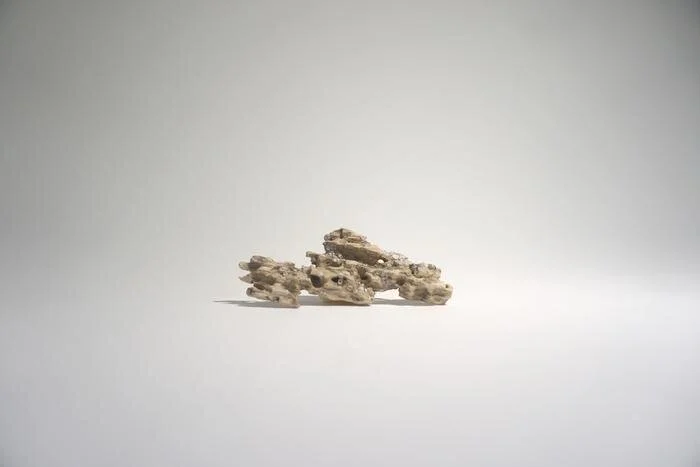The Living Breakwaters project
Interdisciplinary research initiative to envision coastal resilience strategies funded by Natural Resources Canada
Beach loss and coastal erosion are increasingly becoming a challenge for municipalities, First Nations, and provincial/ federal governments who own, manage or use land, buildings and infrastructures along the coast. With climate change and its impacts, i.e. sea level rise and an increased frequency and severity of extreme weather events, we have to develop new adaptation strategies, policy frameworks and funding mechanisms to protect and enhance our coasts. Common “hard” infrastructure solutions, including seawalls, groins and jetties help to mitigate erosion, but significantly change sedimentation patterns (upstream/downstream) and adversely affect the health, productivity, and habitats of marine wildlife. Other “soft” solutions, such as beach nourishment are expensive and require continuous re-application of sand. “The Living Breakwater project”, seeks to develop a layered, transdisciplinary approach to coastal adaptation that incorporates living systems, enhances spatial quality and ecosystems while reducing risks and vulnerabilities.
With an emphasis on collaboration and transdisciplinarity, The Living Breakwater project involved academics (coastal engineers, planners, designers, and marine biologists) from UBC and TU Delft, utility providers, residents and local and provincial governments in order to envision coastal resilience strategies that create co-benefits and serve multiple stakeholders.
My role in this aspect of the research was to develop blocks of local materials that can function as a marine breakwater, providing habitat and slope stabilization at the UBC escarpment. The research include testing local soils, designing habitat block modules, fabricating and testing prototype blocks, and preparing a report documenting research activities.
Moving from global case study research to the testing of alternative adaptation options for a challenging, multi-jurisdictional coastal site on the UBC campus, The Living Breakwater Project is at once broad and specific in its approach to coastal resilience. Within this multi-scale and multi-sectoral approach, the research has three main objectives: (i) to assess and visualize the multidimensional challenges (geographic, jurisdictional and operational) of coastal erosion; (ii) to develop a toolbox of “next practices” focusing on ecological infrastructures with co-benefits, and; (iii) to apply the toolbox to a local case study in order to test, model and simulate the effectiveness of a range of alternative coastal adaptation options.
Outcomes of this project include: (i) an integrated model of collaboration between academia, stakeholders, and local and regional governments to promote coastal adaptation; (ii) documentation of national and international case studies to identify the multiplicity of risks and vulnerabilities related to coastal erosion as well as emerging, alternative adaptation solutions; (iii) development of coastal models (hydraulic and marine habitat), and; (iv) widespread access to data, information, and visualization (2D/3D imagery) generated as part of the local case study that will be shared with a broad audience


















